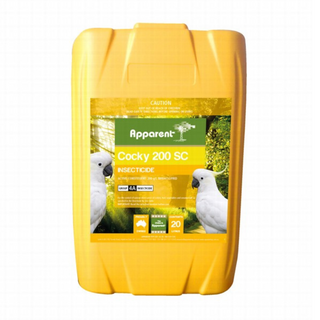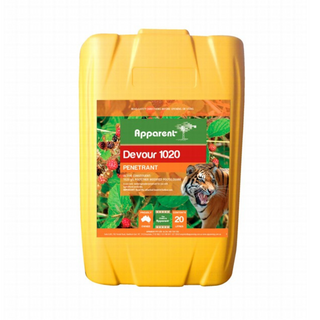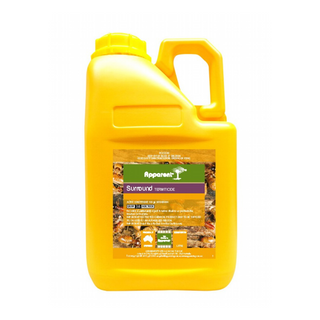Latin name: Tetranychidae
Mites of the Tetranychidae family (commonly known as spider mites) include some important pests of economic concern to agriculture and forestry. They feed on many fruit trees, vines, berries, vegetables and ornamental plants.
While Western Australia has many well-known pest species, our geographic isolation provides some natural protection and means we do not have some of the pests that occur in eastern Australia or other parts of the world.
This page lists spider mite species already present in Western Australia and those of potential economic concern.
Female spider mites normally lay eggs on the undersides of leaves. There are four distinct active developmental stages. After hatching, the six-legged larval stage is followed by the protonymph, deutonymph and finally the adult stage, all of which have eight legs. There are quiescent (inactive) intervals between each active stage during which moulting takes place. In the active breeding season, development from egg to adult may vary from one to two weeks or more, depending on species, temperature, host plant, humidity and other factors. Some species, such as Tetranychus, overwinter as adult females while others, such as Panonychus, overwinter as eggs.
Mature males are usually a fifth of the weight of a mature female and, in most species, tend to remain straw-coloured. In some species the females are also straw-coloured. In lighter coloured specimens, ingested food is visible in the stomach sacks, for example, as two spots for Tetranychus urticae (two-spotted mite) or six spots for Eotetranychus sexmaculatus (six-spotted mite). Fully engorged mature females are often darker and more opaque. Colour variation within a species is common, including shades and hues (green/red/brown and combinations).
SOLUTIONS:
- Systemic: Apparent Cocky
- Contact: Apparent Surround with Apparent Devour
Reference: Spider mite pests of Western Australian plants | Agriculture and Food




